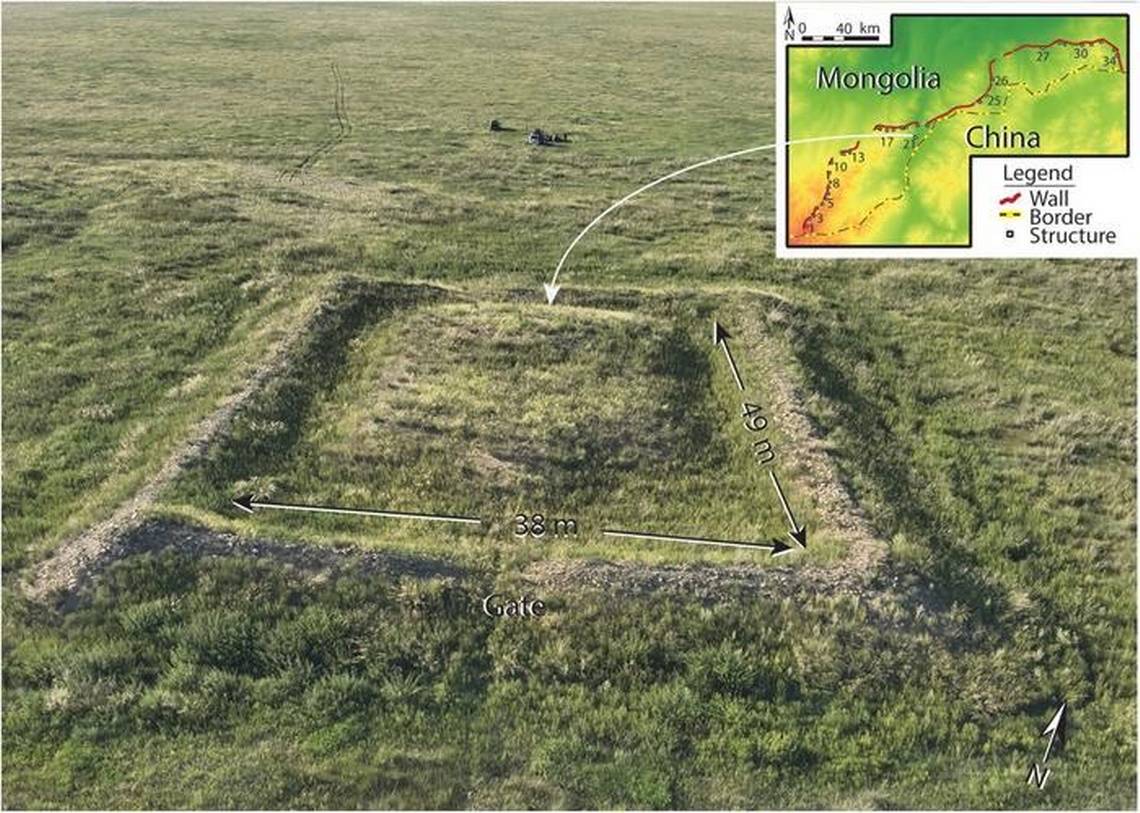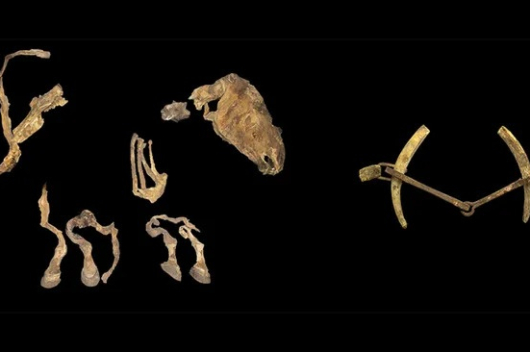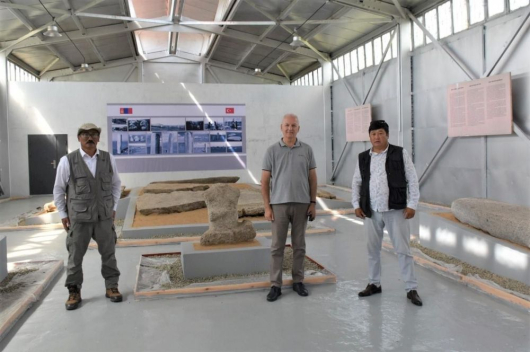The Great Wall of China has long overshadowed the Mongolian Arc, a less imposing medieval wall system that snakes across 250 miles of Asiatic grassland. But now, the arc is finally getting its day in the sun as the first-ever comprehensive study of its structure has been completed. The study, published on 27 December in the Journal of Field Archaeology, examines the formation and function of the “monumental” Mongolian wall.
Consisting of an earthen wall, dozens of structures and a trench, the arc stretches across a sparsely populated region in eastern Mongolia. It is believed to have been built between the 11th and 13th centuries.
After using remote sensing data and conducting archaeological field surveys, researchers determined the wall is significantly crumbled with gaps interrupting its path. “We found that the walls are preserved to a maximum height of 1–1.5 (meters) but are usually much more eroded and are barely visible above the ground level,” researchers said. “It should be stressed that these walls are not as impressive as the popular imagery of the ‘Great Wall of China’ may have us assume.” Twenty-one gaps were identified in the wall — from only a quarter-mile wide to over 10 miles wide — making up about 25% of its entire length.
“One possible explanation for the gaps, which were points of vulnerability in the system, is that the Mongolian Arc was hastily built during the final years of the Jin dynasty as a defense against the expected invading Mongol armies,” researchers said. However, evidence gathered by researchers casts doubt on a purely military function of the wall. Buildings found throughout the wall system provided limited visibility to each other, making visual communication impossible. The wall, instead, may have been used to control the travel of people and herds across the steppe — perhaps allowing for taxes to be collected.
“Nonetheless, if the function was to defend against the Mongolian invasions (or even against smaller scale raids), perhaps the positioning of the wall and its structures was affected by consideration of convenience and cost,” researchers said. The study did not unravel all of the wall’s mysteries, though it may spur future investigation, researchers said. It also “prompts crucial questions about the motives, functionality, and broader implications of such colossal constructions,” according to a news release from the Hebrew University of Jerusalem, whose researchers were involved in the study.
 3,377.35
3,377.35












Related News